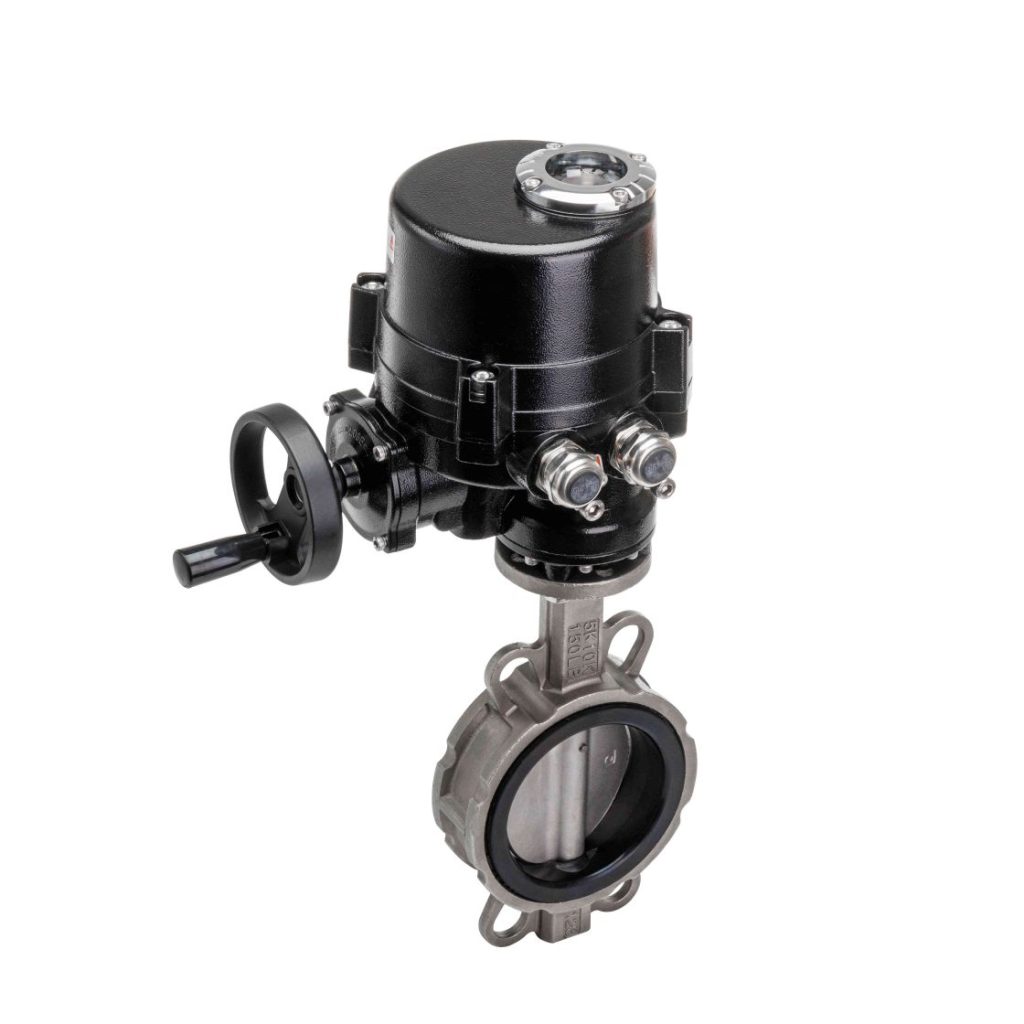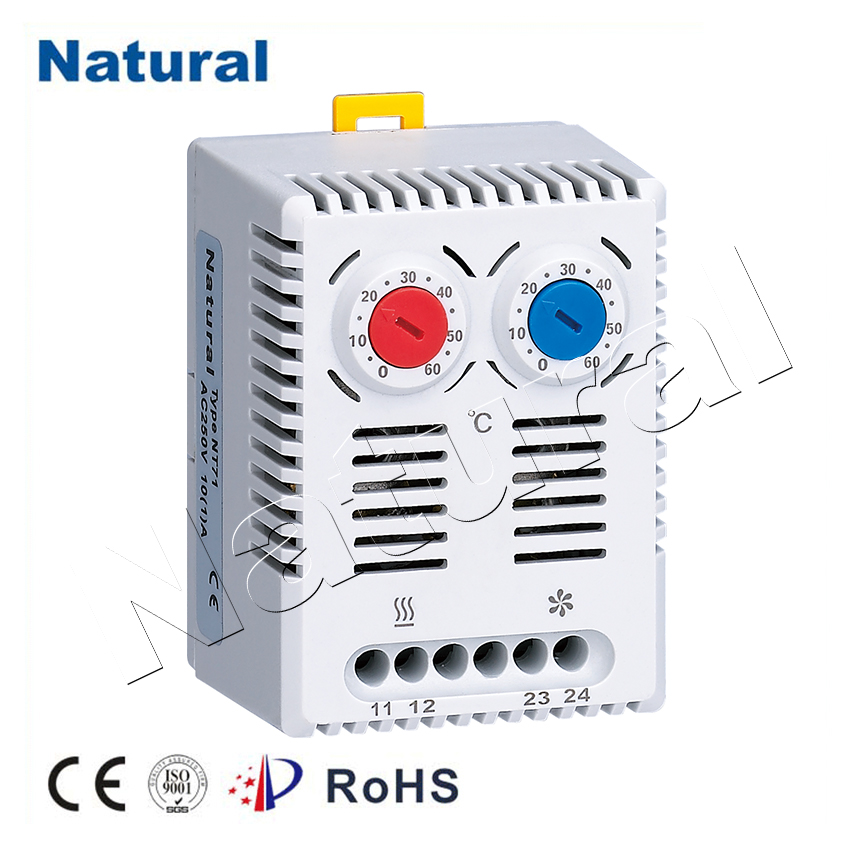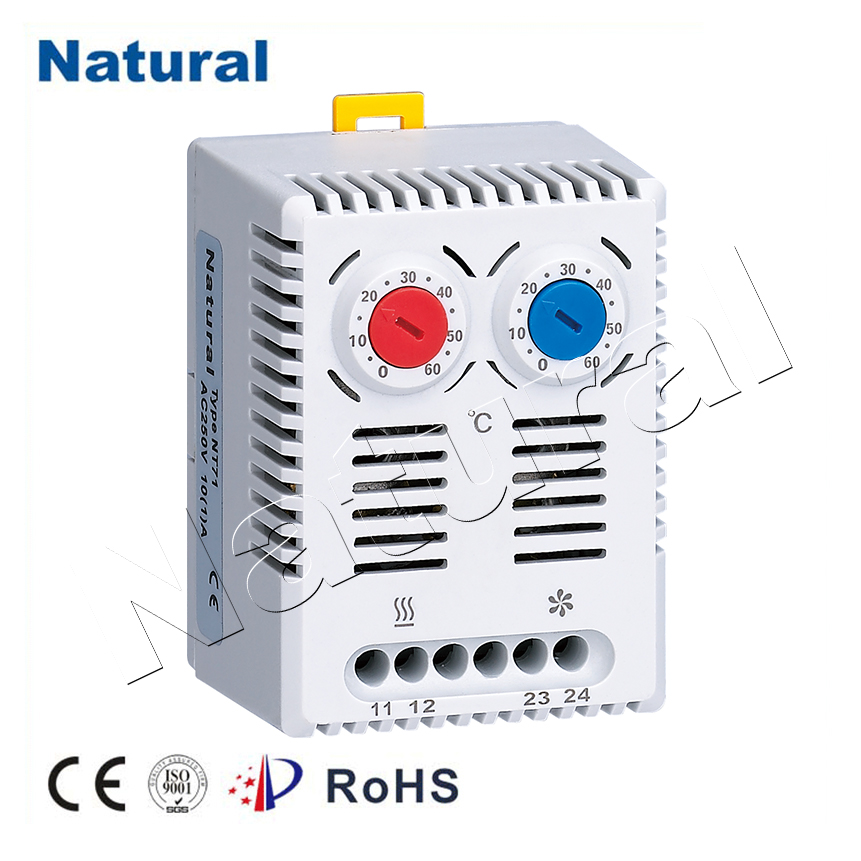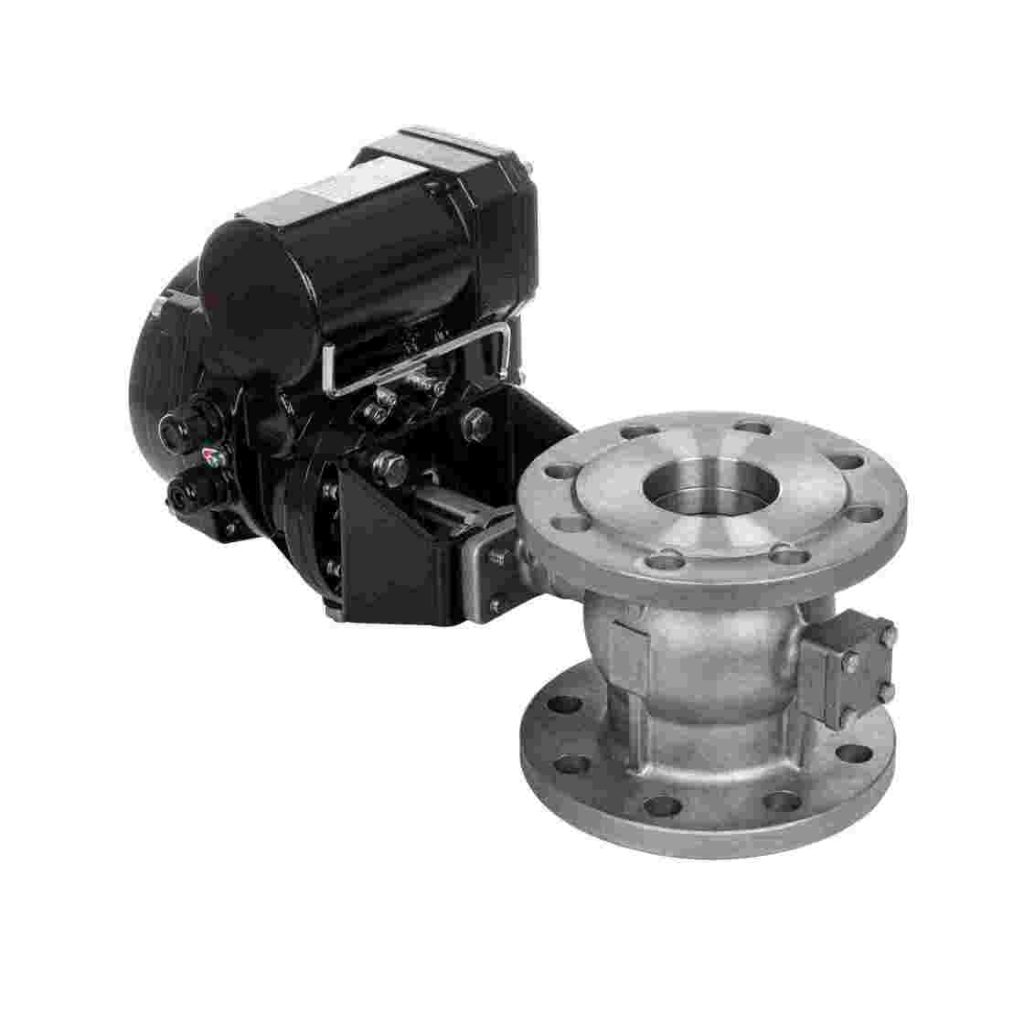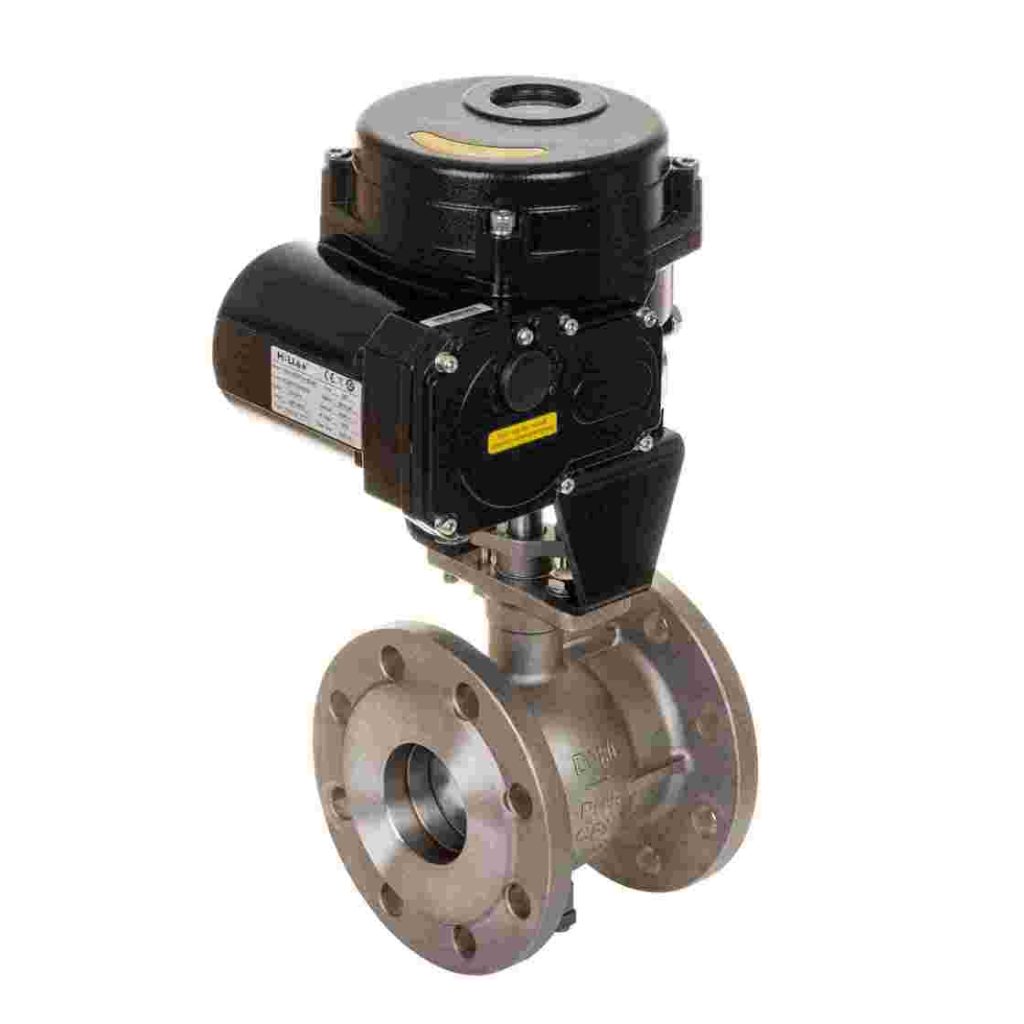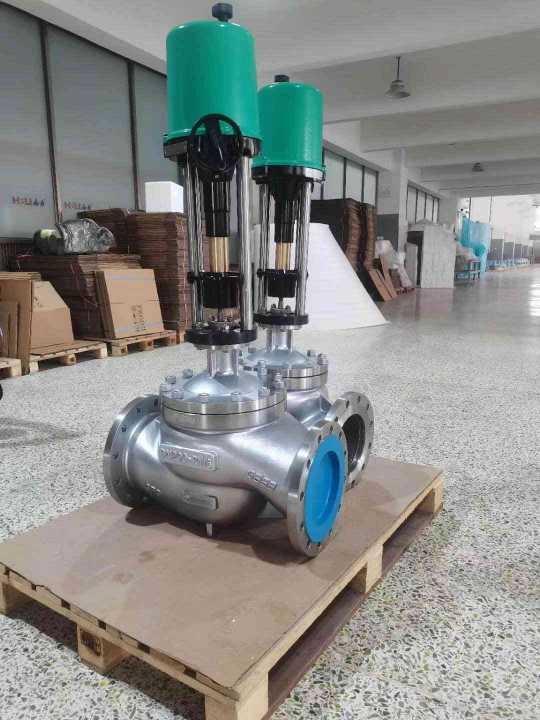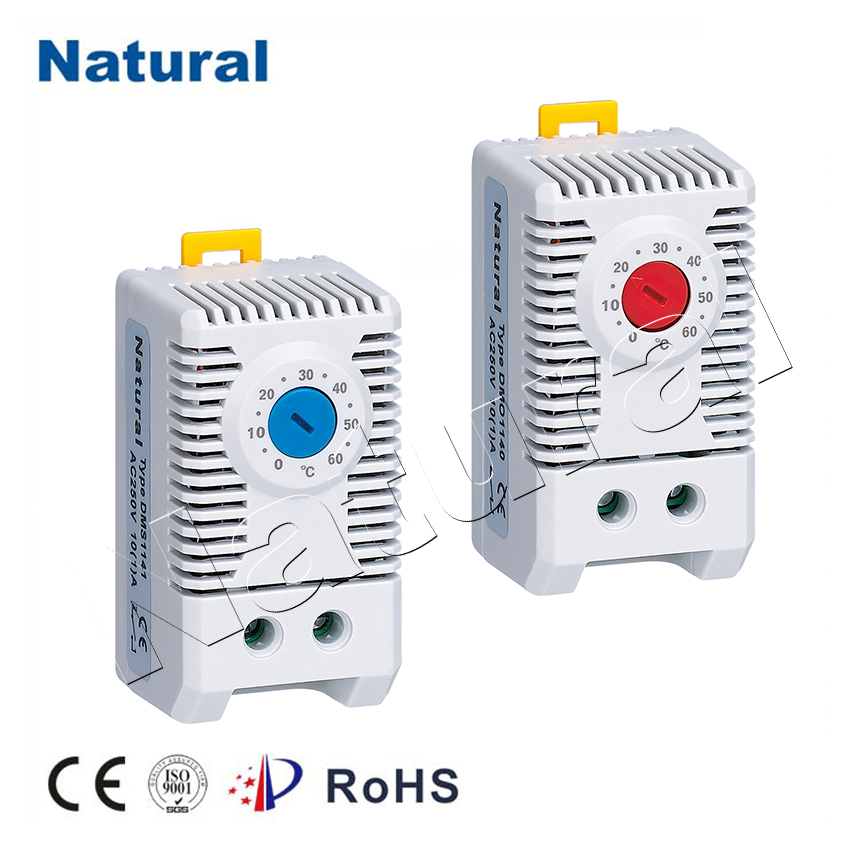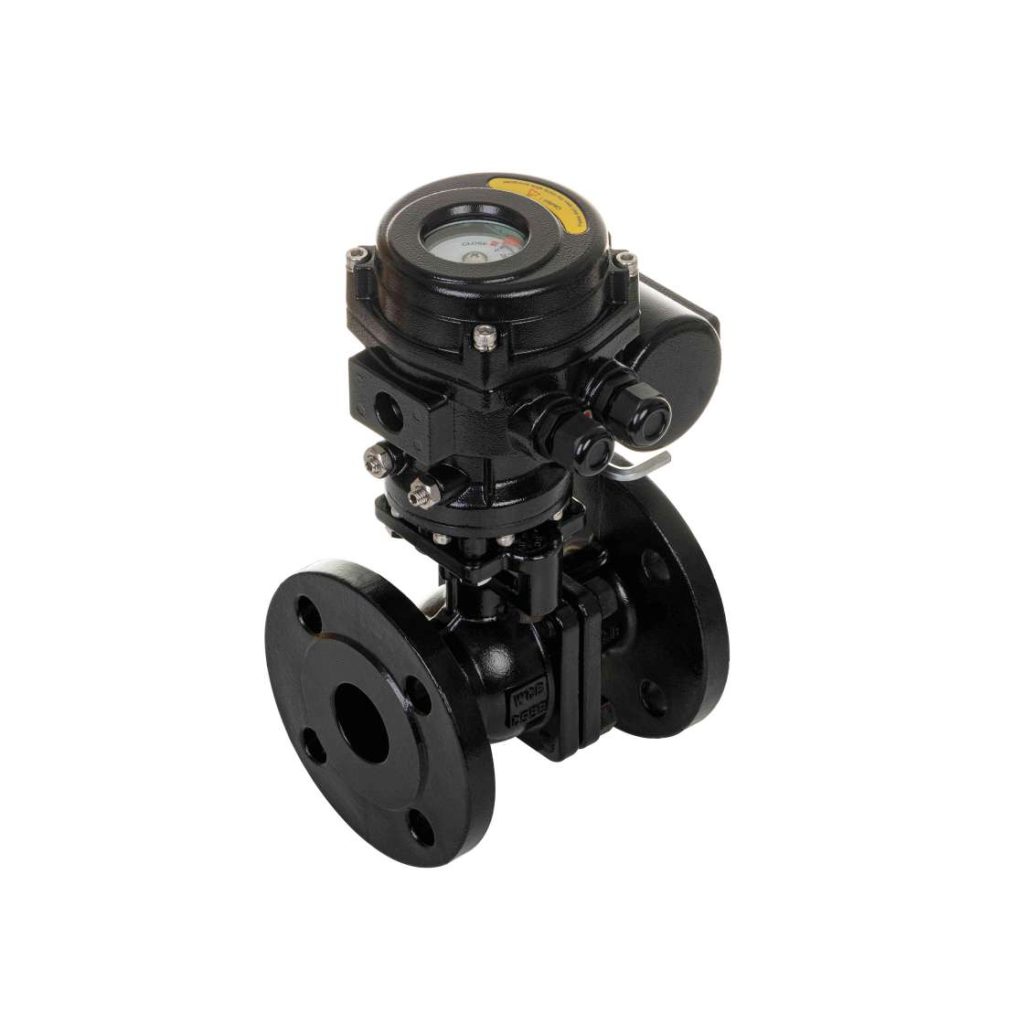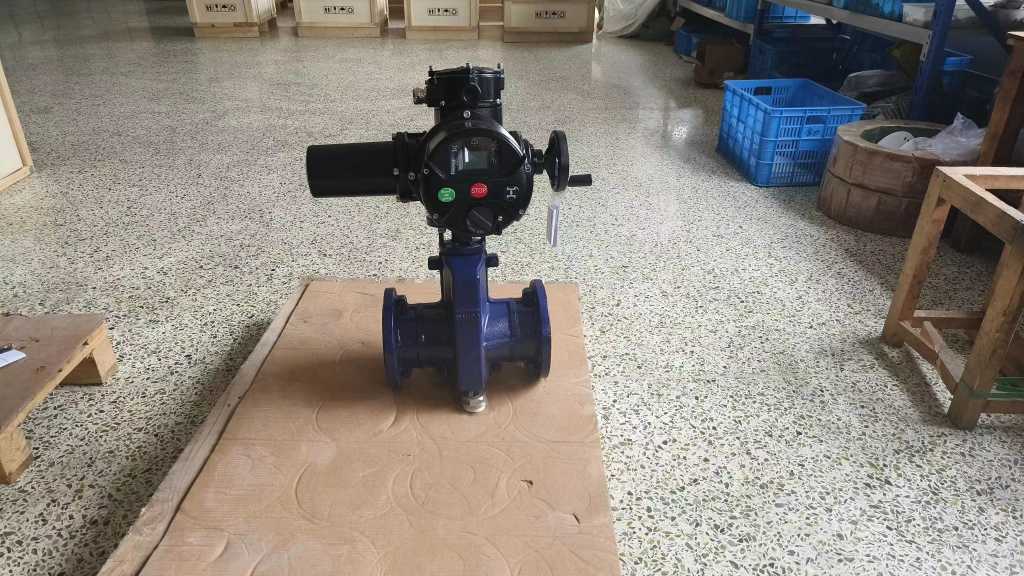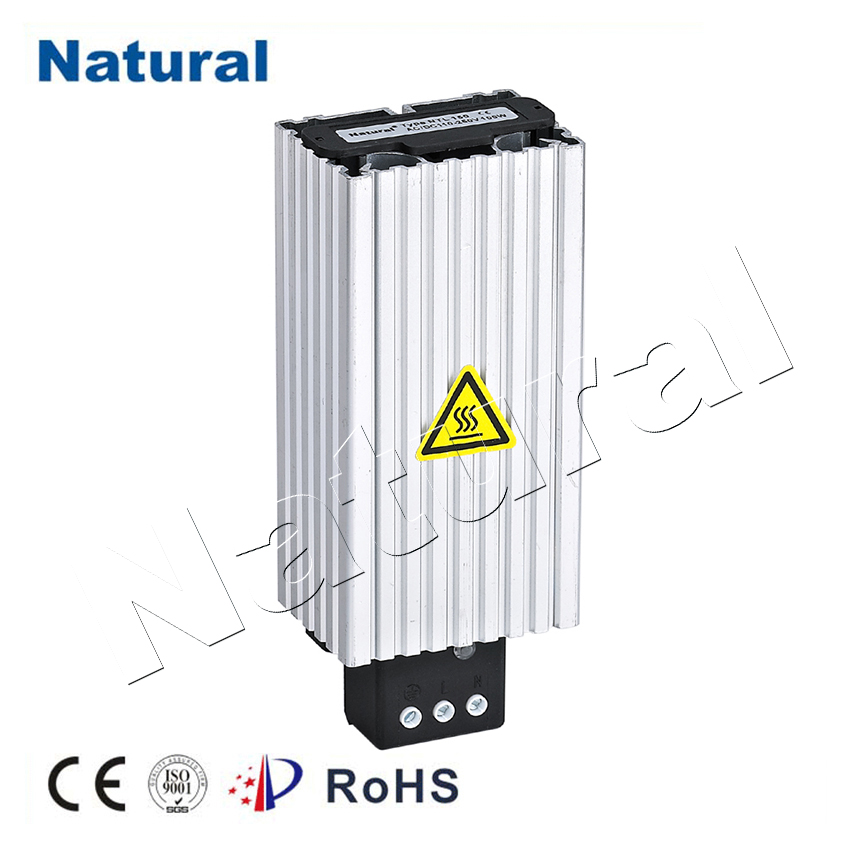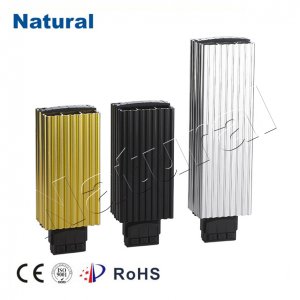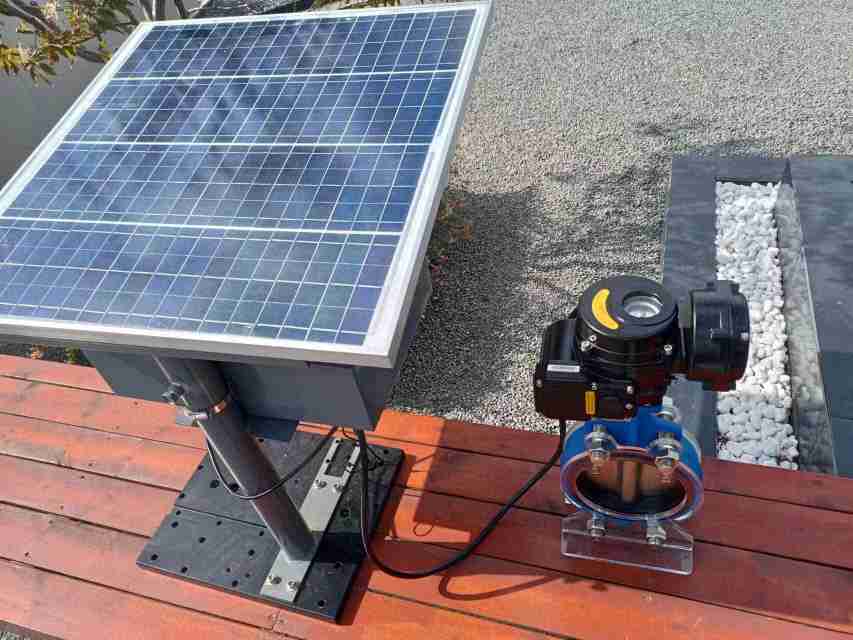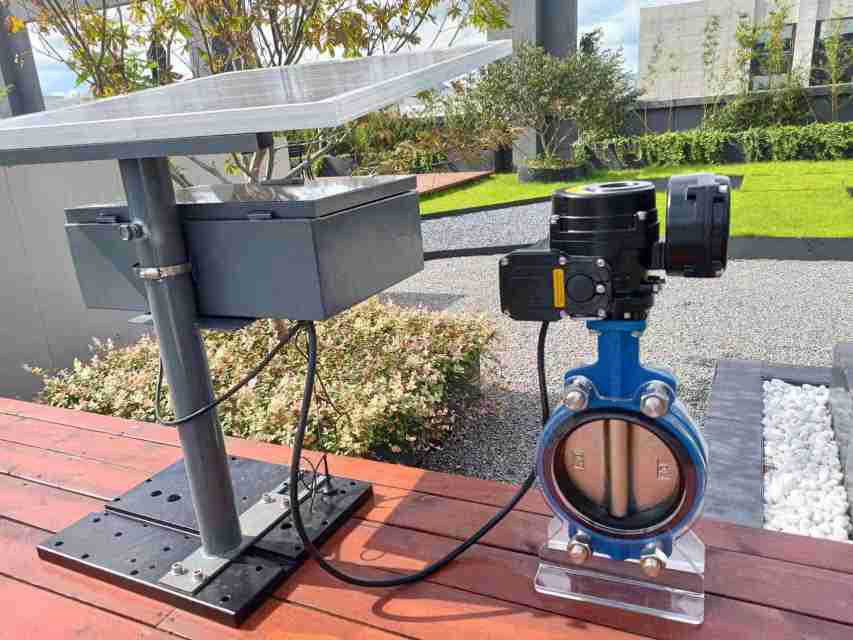The WCB Electric Clamp Butterfly Valve is a crucial component in the fluid control industry, specifically designed for regulating and isolating the flow of liquids and gases. As industries grow and evolve, there is an increasing demand for valves that not only perform reliably but also offer ease of operation and cost-effective solutions. The WCB Electric Clamp Butterfly Valve is an innovative solution that provides significant advantages in various industrial applications, including water treatment plants, HVAC systems, and chemical processing.
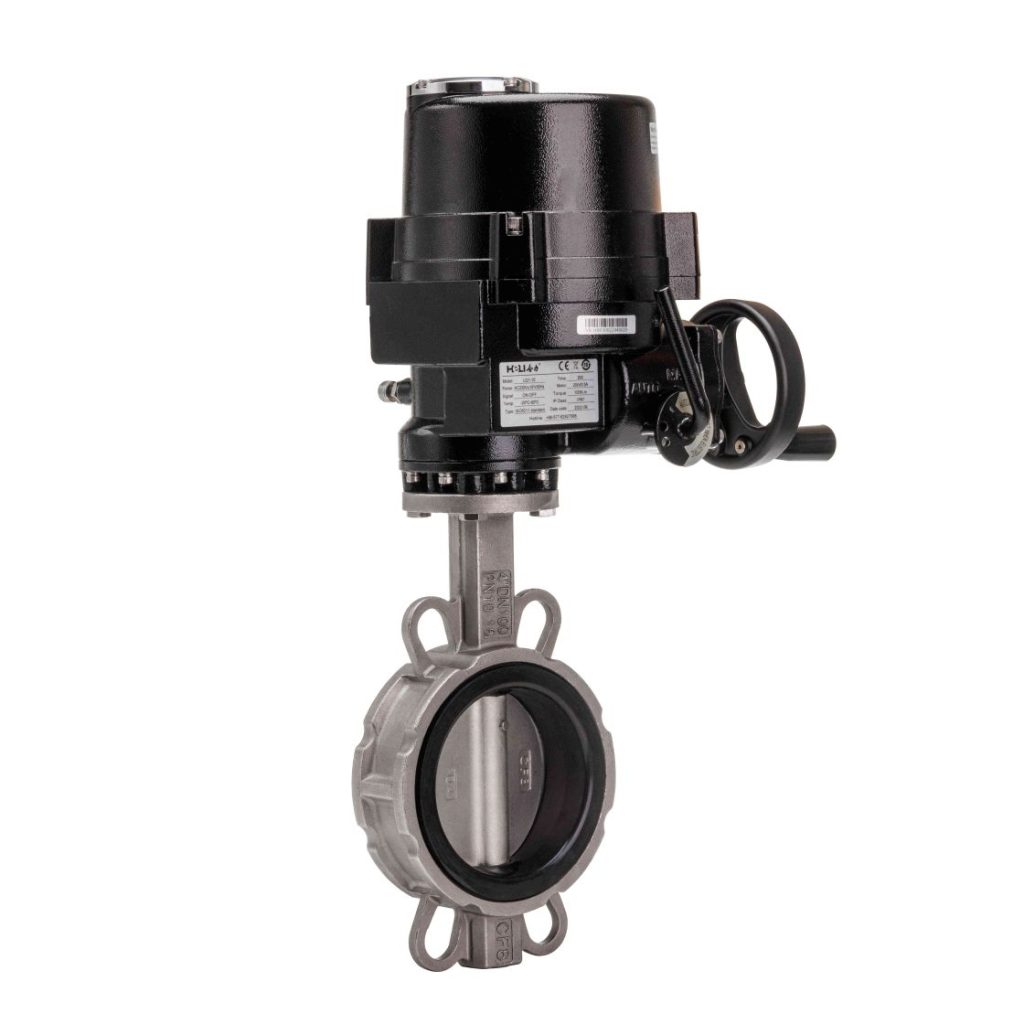
What is a WCB Electric Clamp Butterfly Valve?

The WCB Electric Clamp Butterfly Valve is a type of quarter-turn valve with an electric actuator that enables remote operation. Unlike traditional manual valves, which require physical intervention to open or close, this valve integrates an electric motor to automatically control its operation. The valve’s name—”butterfly”—is derived from the design of the disc inside the valve, which resembles a butterfly’s wings. The disc rotates within the valve body to control the flow of the fluid passing through it, and it can open or close with a simple quarter-turn. The “WCB” in the name refers to the material of the valve body, which is typically Wrought Carbon Steel. This material is highly durable, resistant to wear and tear, and capable of withstanding high pressures and temperatures, making the WCB Electric Clamp Butterfly Valve suitable for a wide range of industrial settings. The “Electric Clamp” portion of the name highlights the valve’s electric actuator and its clamp-style connection, ensuring secure installation and efficient operation.
